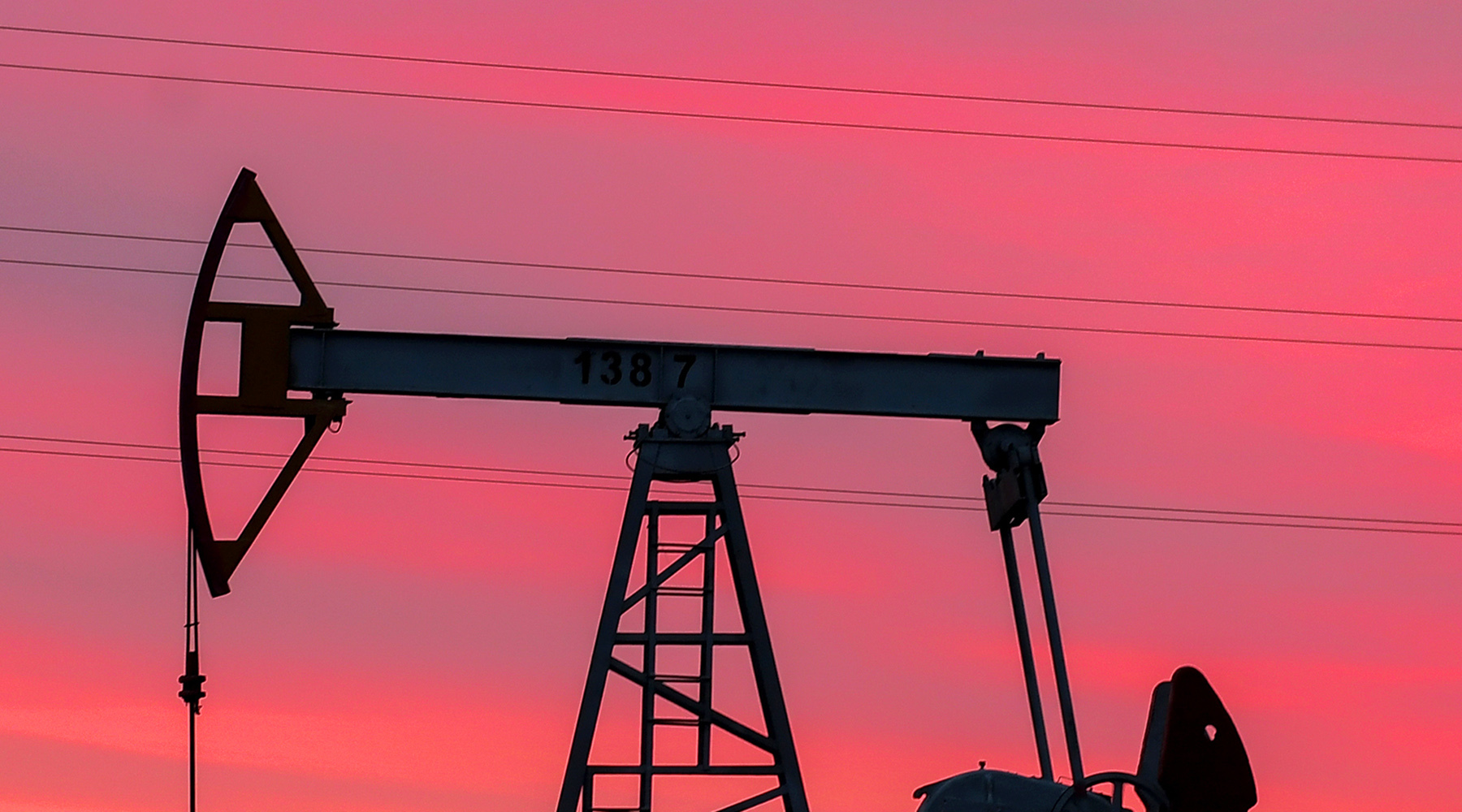On Thursday, December 3, trading on the Moscow Exchange was accompanied by a noticeable strengthening of the Russian currency.
In the second half of the day, the dollar rate fell by almost 1% - to 74.31 rubles.
The last time a similar value could be observed back in September.
At the same time, the euro rate fell by 0.5% - to 90.41 rubles.
The official exchange rate of the Central Bank on December 4 was set at 75.2 rubles per dollar and 91.19 rubles per euro.
According to analysts, the positive dynamics of the national currency is largely due to the record weakening of the dollar in the world market.
According to the ICE international stock exchange, at the auction on Thursday, the corresponding DXY index fell by 0.7%, to 90.5 points.
The indicator became the lowest since April 2018.
“Over the past month, the value of the dollar has dropped by 4% against the basket of major currencies.
The American currency continues to beat anti-records amid the discussion of the next package of support for the US economy.
The day before, a group of congressmen proposed spending about $ 900 billion on stimulating measures. If the money is allocated, the dollar may weaken even more, "Alexander Bakhtin, investment strategist at BCS World of Investments, told RT.
The optimism of world investors also plays in favor of the Russian currency.
As the head of the analytical department of AMarkets Artyom Deev explained in an interview with RT, market participants positively assess the news about the start of vaccination against coronavirus in different countries.
On December 2nd, the UK approved the use of the drug from Pfizer and BioNTech.
At the same time, Russian President Vladimir Putin instructed to start mass vaccination against COVID-19 in the country next week.
In these conditions, investors expect a quick recovery of the global economy and are beginning to actively buy risky assets, including the ruble.
“Vaccination allows market players to count on the prompt opening of borders, and as a result, an increase in the number of traffic and mobility of citizens.
This state of affairs contributes to the accelerated recovery of the world economy from the consequences of the pandemic and a simultaneous increase in demand for energy resources, ”explained Artyom Deev.
In the near future, the dynamics of the ruble will depend, among other things, on the situation in the world oil market, says Artyom Tuzov, executive director of the capital market department at Univer Capital.
As the expert emphasized, at the moment the attention of investors is riveted to the actions of the participants in the OPEC + deal.
As a reminder, within the framework of the agreement between the state - exporters of raw materials, they reduce oil production to restore the balance between supply and demand in the global hydrocarbon market.
Such a policy should keep market prices from further collapses.
From May to July 2020, oil production in the countries participating in the agreement decreased by a total of 9.7 million barrels per day compared to the level of October 2018.
From August to December, the states agreed to increase production by 2 million barrels per day compared to July levels, and from January 1, 2021, oil production was supposed to increase by another 1.9 million barrels per day.
However, following the negotiations on December 3, the parties revised the terms of the agreement and agreed to increase production from January 1, 2021 by only 500 thousand barrels per day.
This is reported by TASS with reference to sources, the information was confirmed by the Ministry of Energy of Kazakhstan.
According to Artyom Tuzov, the refusal from a sharp increase in production can push oil prices up to $ 50 per barrel.
This state of affairs may become one of the main factors in the strengthening of the ruble by the end of 2020, Tuzov is sure.
RIA News
© Maxim Bogodvi
In addition, the actions of the Bank of Russia will continue to provide some support to the ruble.
Recall that in order to stabilize the exchange rate on March 10, the Central Bank began a proactive sale of foreign currency in the domestic market.
Thus, the regulator artificially increases the demand for rubles.
In total, during this time, the volume of currency sales exceeded 1.54 trillion rubles.
According to Valery Emelyanov, an analyst at Freedom Finance Group, in winter, a pandemic factor may have a positive effect on the ruble.
As the expert explained, the borders are still partially closed, the demand for vouchers and tickets remains low, and the flow of imports is limited.
Under these conditions, Russians began to spend more actively within the country and thereby create additional demand for the national currency, Yemelyanov noted.
“At the same time, the dollar as a store of value is also losing its former popularity: this fall, citizens were withdrawing money from foreign currency deposits at a record pace.
They then converted about a quarter of the withdrawn funds into rubles for investments in real estate, ”the expert emphasized.
According to Yemelyanov, if the current conditions remain on the world and domestic markets, by the end of the year, the dollar exchange rate may drop to 72 rubles, and the euro rate - to 87-90 rubles.
At the same time, according to Artyom Tuzov, if oil prices return to below $ 48 per barrel, the weakening of the ruble will be insignificant, and the rates of the dollar and euro will be near 76-77 and 91-92 rubles, respectively.

